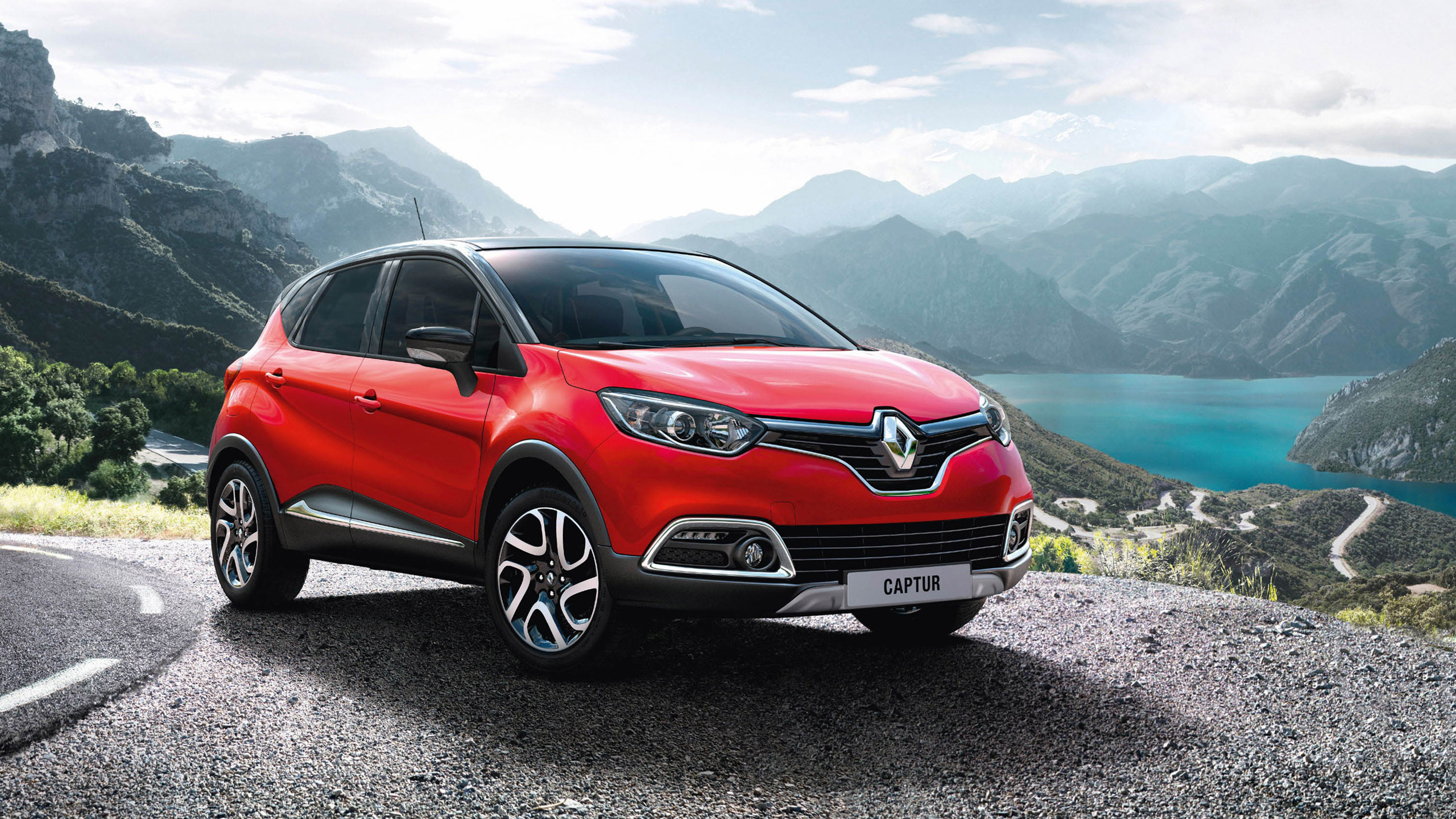

The passthrough option also allows you to use your DLSR camera or video camera as a high-end webcam.īuild quality is also solid, and the compact size means it's easy to carry around. If you want to use it to record gameplay, the passthrough option allows you to play at 4K at 60fps.
#720 CAPTUR CARD 1080P#
Despite having a price tag that's noticeably lower than many of its rivals, the EVGA XR1 Lite still offers some handy features, such as the ability to record at 1080p at 60 fps, which will offer you excellent image quality. The EVGA XR1 Lite is our pick for the best budget capture card you can buy in 2023. Of course, these features come at a premium cost - this is one of the more expensive capture cards you can get right now. Sadly, Macs aren't supported, but you can get around this by using the memory card recording function, then transferring footage from the memory card to your Mac (though you may need an adaptor if your Mac or MacBook doesn't have a memory card slot).
#720 CAPTUR CARD PORTABLE#
This is incredibly useful as it means you can use it without a PC, making it portable and versatile.
#720 CAPTUR CARD PC#
The Elgato 4K60 S+ connects to your PC or laptop via a USB cable, but you can also plug in a memory card and record directly onto that. If you want a card for streaming video game footage at exceptional quality, this card will also do that. It supports 4K at 60fps recording, so for almost all footage, you're going to get the absolute best quality, with a built-in HEVC chip for lossless encoding - this means the image quality from the original source should be maintained, which is an important consideration for video editors and archivists. If you're looking for the best premium capture card that offers the largest array of features and supports ultra-high resolution recording, then the Elgato 4K60 S+ is well worth looking into - if you can afford it. However, if you want the very best image and audio quality, make sure you check out our best HDMI cables guide to ensure you have a cable that can do the footage justice.

If you're converting old home movies for putting on a DVD, even that will be overkill. While 4K and 60fps (or higher) are ideal and future-proof, if you don't need that kind of performance, you can save money by getting a capture card that focuses on 1080p, for example. Keep in mind what resolutions and frame rates they support as well. Understandably, most modern capture cards stick to HDMI, which is the most widely-used interface for transmitting audio and visual, but that means if you want to import AV from sources that don't have HDMI, you'll either need to find a capture card with more options, such as coaxial or phono inputs (which are increasingly rare and expensive), or use a converter. When buying a capture card, you should also consider the inputs it accepts. These plug into your computer via USB, and that makes them much easier to install, and means they are also compatible with Macs and laptops. The good news is that there are a growing number of modern external capture cards.


 0 kommentar(er)
0 kommentar(er)
